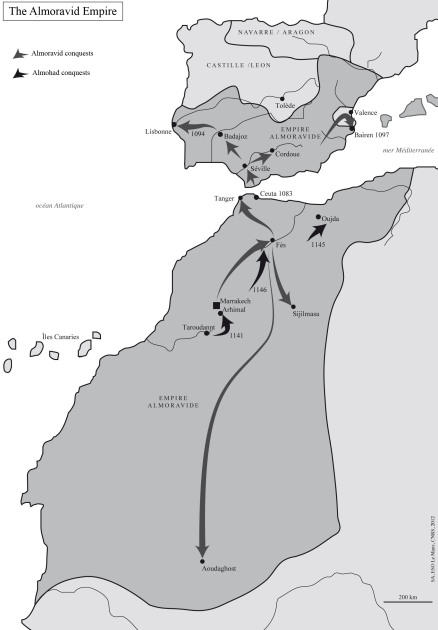Introduction
In medieval times corresponding to the early centuries of the Hijra, what is known today as Morocco was a testing ground for proto-state or state structures. The term Dawla, that translates today into « state »
had a meaning closer to « dynasty »
. A range of regimes succeeded each other : Idrisids, independent emirates, Almoravids and Almohads. This diversity should not blind us to a constant: the centrality of the Muslim faith as its mainstay. Doctrinal debates were rife between the various branches of Islam and they endured within the Sunni schools, once those were firmly established. The religious factor was key to the rise of the Almohads. It defined a practical experience of power as theorised by one of the most famous Muslim thinkers of his time, Ibn Tumart[1] who ruled out in the process his opponents' religious justifications.







